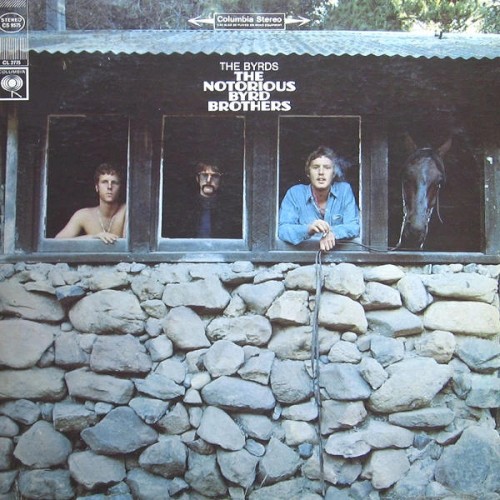

Shafter is said to have ordered a structure erected to help make the location easier to find on the nearly flat prairie. Pursuing them, they came across a large spring in the New Mexico Territory. At a landmark then known as Dug Spring, believed to be located near the Texas-New Mexico border in what is now Winkler County, Texas and Lea County, New Mexico, they were attacked by a group of Apaches. They were searching for Apaches and looking for water sources, the latter was known to be rare between the Concho and Pecos rivers. In the summer of 1875, Shafter was leading troops from the 10th Cavalry and 24th Infantry based in of Fort Concho. Shafter retired in 1901 and lived in Bakersfield, California until his death in 1906. He continued to serve during the Spanish-American War in 1898. Thereafter, he was in service as a colonel in the 17th United States Colored Infantry, among his other postings. He was captured by Confederate forces during the war and was confined to a prison until his release in 1864. He led troops during the Civil War as a first lieutenant in the 7th Michigan Volunteer Infantry Regiment and for his actions received the Medal of Honor. Shafter (1835-1906) was a United States Army officer in command of so called Buffalo Soldiers of the 24th United States Infantry Regiment in West Texas and the New Mexico Territory. “He told me to play whole notes, way before I came to the bagpipes, and he told me to sustain them,” Harley says of Rollins' massive influence.Ĭourage producer Daniel Goldmark says it best in the liner notes: “Every time someone asks if bagpipe jazz is really jazz, they've only confirmed that Rufus Harley was essential to the redefinition of jazz that occurred in the 1960s.Colonel William R. And in 1974, after his stint at Atlantic, Harley got to play with his idol, Sonny Rollins. John Coltrane once called Harley in the middle of the night and asked for lessons on the pipes, a set of which he'd recently acquired. Harley's fellow musicians, however, saw it differently. People looked at it as an oddity or a one-off.” As Dorn remembers in the liner notes to this release, “Any time back then when you did something that was slightly different, the regular jazz community looked at it as if it was gimmicky, or vaudeville-like.
#Rufus eight miles high full
Interestingly, all the facets of the bagpipes' sound appear on these four Atlantic albums: chanter alone, drones alone, and full bore with chanter screaming and drones wailing. Dorn recorded both Bagpipe Blues and Scotch & Soul, in 1966, A Tribute To Courage in 1967, and King/Queens in 1970, before Harley parted with Atlantic. Noted producer Joel Dorn discovered Harley and brought him to Atlantic Records, and to this day credits the success of the bagpiper's debut album, Bagpipe Blues, as the reason Nesuhi Ertegun invited him to become a full-time producer at the label. Saxophone – Sonny Stitt (tracks: CD 1 : 15) Piano – Oliver Collins (tracks: CD 1 : 1 to 14 + CD 2 : 1 to 6), Richard Tee (tracks: CD 2 : 7 to 10 + 13) Harp – Nadi Qamar (tracks: CD 2 : 11 + 12)

Guitar – Eric Gale (tracks: CD 2 : 7 to 10 + 13) THE ATLANTIC RECORDINGS (2006 RHINO)” GO HERE:ġ-03 Who Can I Turn To (When Nobody Needs Me)ġ-07 Sometimes I Feel Like A Motherless Childġ-13 A Nightingale San In Berkeley Squareīagpipes, Flute, Saxophone – Rufus Harleyīass – Charles Rainey (tracks: CD 2 : 7 to 10 + 13), James Glenn (tracks: CD 1 : 1 to 14 + CD 2 : 1 to 6)Ĭongas – Montego Joe (tracks: CD 2 : 7 to 10 + 13), Robert Gossett (tracks: CD 1 : 8 to 14), Robert Kenyatta (tracks: CD 2 : 4 to 6)ĭrums – Billy Abner (tracks: CD 1 : 1 to 14 + CD 2 : 1 to 6), Billy James (tracks: CD 1 : 15), Jimmy Johnson (tracks: CD 2 : 7 to 10 + 13)


 0 kommentar(er)
0 kommentar(er)
